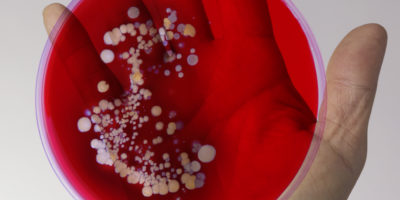LAB-Net Publishes Data on Detection and Prevalence of Carbapenem-resistant Bacteria Within the COMBACTE Network
COMBACTE LAB-Net recently published findings from an extensive survey conducted between May 2015 and June 2017 across more than 200 laboratories in the network.
These laboratories were approached in the frame of the site selection process for two COMBACTE-CARE studies: EURECA, an observational study, and REVISIT, a phase III study that will evaluate the efficacy, safety, and tolerability of aztreonam-avibactam (ATM-AVI) ± metronidazole versus meropenem ± colistin for the treatment of serious infections due to Gram-negative bacteria, for which there are limited or no treatment options.
The survey captured responses from 165 labs which collected compelling data on the local prevalence of carbapenem-resistant Gram-negatives and on methods for the detection of these pathogens used in each participating laboratory. This COMBACTE survey sheds more light on the resistance rates in countries that are frequently approached for clinical studies on anti-infectives. It has proven to be valuable, not only for the site selection of EURECA and REVISIT, but for the selection of sites for similar studies in the near future. The ongoing collection of real-time data for site selection would significantly shorten the preparatory phase of clinical trials.
Medical microbiology laboratories play a crucial role in anti-infective clinical trials and such a survey was instrumental in demonstrating that the chosen laboratories are capable of identifying carbapenem-resistant pathogens and are well-prepared to engage in clinical trials.
The accepted manuscript is currently in press and can be found as an Open Access publication in the International Journal of Antimicrobial Agents, as well as in the COMBACTE Publication Library.
Related updates

Important Pieces Of A Puzzle

Reflections On COMBACTE-NET
